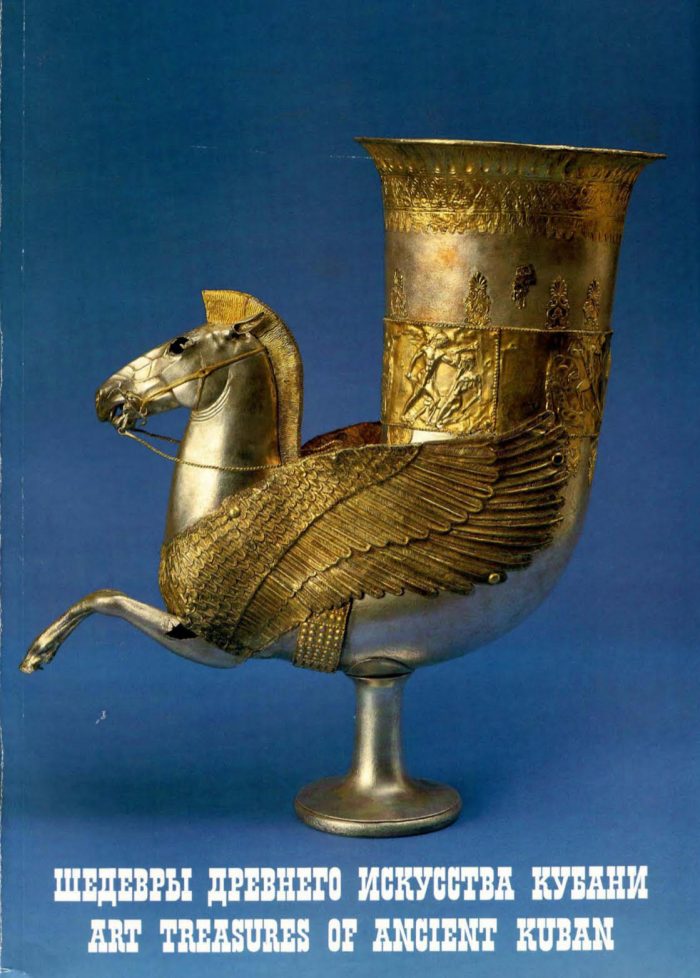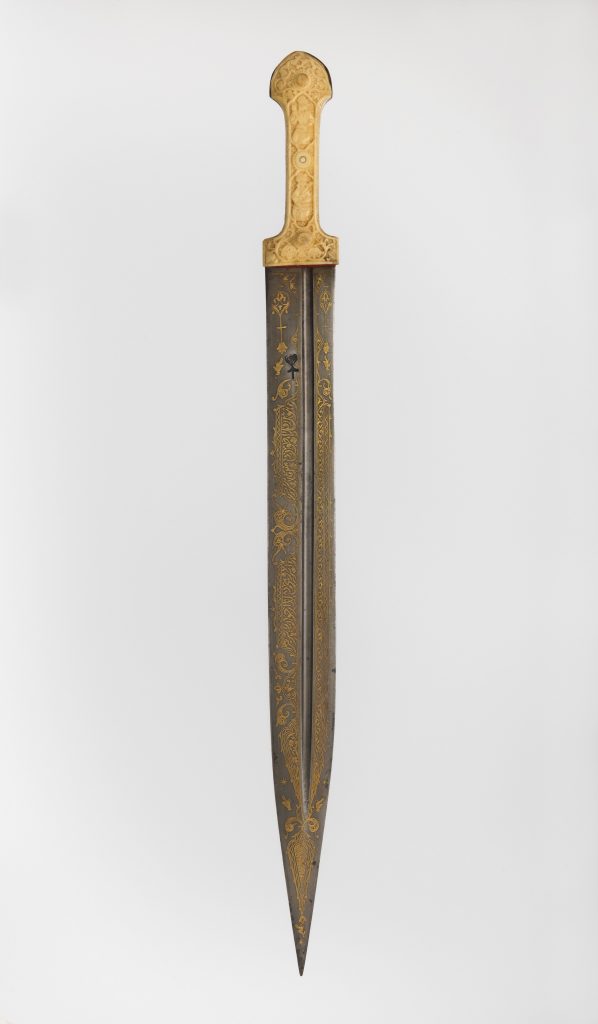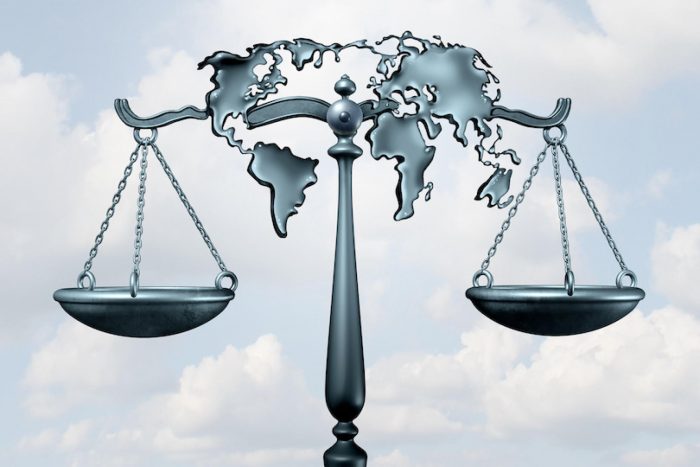Entitlement of the Circassians and North Caucasus Indigenous Peoples to Neglected Rights
Adel Bashqawi
August 9, 2024

Introduction
August 9th marks the International Day of the World’s Indigenous Peoples. According to the Office of the High Commissioner for Human Rights (OHCHR) of the United Nations, the rights of Indigenous Peoples are indisputable and unwavering. The Circassians are the indigenous people of their original homeland, Circassia, which is an integral part of the Northwestern Caucasus. They are undoubtedly descended from the pre-Maykop and Maykop cultures’ civilizations.
(UN Observances)
This recognition provides hope for a realistic and reasonable expectation among these peoples for the legitimacy of exercising and asserting their indigeneity. Such actions will protect their identity, culture, language, heritage, and civilization, ultimately leading to the preservation of their native homeland. “A broad, working definition of ‘indigeneity’ is that it is a quality of a person’s and a group’s identity that links them to specific places with knowledge of and respect for original ways.”
(Emory University)
Circassian Link to Cultural and Civilizational Origin
Artifacts such as small statues, necklaces, cups, pots, and other tools made of gold, silver, bronze, and ceramic have been discovered by archaeologists. However, concerns persist regarding the Russian occupation authorities’ handling of excavation results in archaeological areas, dolmens, and cemeteries.
“Throughout the years, two distinct periods of the Maykop culture were acknowledged: the pre-Maykop period and the Maykop period. In 1929, the first evidence for the Pre-Maykops appeared during an archaeological excavation at Agubekovo. Additional discoveries in the 1950s and 1960s led academics Formozov and Stoljar to contend that Maykop-like settlements existed in the 5th millennium BC.”
(Ancient Origins)
Circassians, as indigenous people of the North Caucasus, are an integral part of the society and history of the region. August 9th marks the International Day of the World’s Indigenous Peoples, with their rights recognized as unwavering by the United Nations.
(UN Observances)
Indigenous peoples practice unique traditions and retain social, cultural, economic, and political characteristics distinct from those of dominant societies. They are the descendants of those who inhabited a country or region at the time when people of different cultures or ethnic origins arrived, who later became dominant through conquest, occupation, settlement, or other means.

Interaction with Ancient Nations
In addition to Circassian communication and interaction with Ancient Greece, Venice, Genoa, and the Byzantine Empire, there are analyses suggesting that the Hittites may have originated from areas across the Black Sea in the Northwest Caucasus. “Recent studies, including ancient DNA analysis, support the idea that the Hittites and related Indo-European groups may have originated from the steppes north of the Caucasus Mountains. Additionally, genetic evidence points to the Caucasus as a significant region in the spread of populations and languages, both north into the steppe and west into Anatolia.” This evidence supports the idea that the Hittites and related groups could have connections to these ancient migrations.
(HHMI News)
(People of Ar)
Apparently, the Circassians and other peoples and nations of the Caucasus have established links with other cultures across the Black Sea since the 4th millennium BC. “The Hittites were an ancient Anatolian people who established a significant civilization in what is now modern-day Turkey. Their origins are believed to be linked to the Indo-European migrations, which some scholars suggest may have involved movements from regions north of the Black Sea, including the Northwest Caucasus. This connection highlights the broader migratory patterns of Indo-European peoples during the Bronze Age, influencing various regions including Anatolia and the Caucasus.”
(Daily History)
Who are the Indigenous Peoples?
“It is estimated that there are more than 370 million indigenous people spread across 70 countries worldwide. Practicing unique traditions, they retain social, cultural, economic, and political characteristics distinct from those of the dominant societies in which they live. Spread across the world from the Arctic to the South Pacific, they are the descendants — according to a common definition — of those who inhabited a country or a geographical region at the time when people of different cultures or ethnic origins arrived. The new arrivals later became dominant through conquest, occupation, settlement, or other means.”
(UN Fact Sheet)
Understanding the Term “Indigenous”
“Considering the diversity of indigenous peoples, an official definition of ‘indigenous’ has not been adopted by any UN-system body. Instead, the system has developed a modern understanding of this term based on the following criteria:
- Self-identification as indigenous peoples at the individual level and acceptance by the community as their member.
- Historical continuity with pre-colonial and/or pre-settler societies.
- Strong link to territories and surrounding natural resources.
- Distinct social, economic, or political systems.
- Distinct language, culture, and beliefs.
- Formation of non-dominant groups in society.
- Resolve to maintain and reproduce their ancestral environments and systems as distinctive peoples and communities.”
(UN Fact Sheet)
Minorities and Indigenous Peoples
The concepts of minorities and indigenous peoples align in that they are smaller parts of the total population. “Minorities and Indigenous Peoples have some similar rights under international law, although the United Nations Declaration on the Rights of Indigenous Peoples is arguably more comprehensive than international legal instruments associated with minorities.”
(OHCHR)
Indigeneity as a Key to Restoring Legitimate Rights
The indigeneity of the Circassians and dozens of other peoples during the Soviet era, followed by the post-Soviet Russian Federation period since 1991, is treated inconsistently and not based on a properly enforced law. Indigenous peoples whose fate is linked to the current Russian state receive insufficient attention, and the United Nations Declaration on the Rights of Indigenous Peoples is largely unimplemented.
(UNDRIP)
The way the Russian occupation has handled archaeological findings raises concern. Trusted parties must be appointed as guardians to protect the valuable monuments, remnants, and human heritage of the northwestern Caucasus from a regional and global perspective.
Information reviewed by interested and specialized Circassians confirms that reports issued by the competent authorities are characterized by obfuscation, lack of transparency, and anonymity regarding all facts related to antiquities, discoveries, and artifacts. Notably, many important archaeological discoveries have been transferred to alternative locations, such as Moscow.
The constant stance of the Russian regime, along with its tyrannical pillars, imposes their role as guardians over the colonized peoples and nations. They monopolize decision-making, issue rulings, and dictate unjust laws and rules implemented against the interests of indigenous peoples. Traditionally, they seize everything they can lay their hands on.
United Nations Role
The United Nations, through its charter containing ethics, purposes, and principles, is meant to maintain international peace and security, supported by an extensive network of institutions and entities linked to its sub-organizations, agencies, and commissions.
The articles of the United Nations Charter specify the details of the functions, activities, and responsibilities of the United Nations towards its member states and the world at large. Overlapping and intertwined efforts reflect the UN’s attention, primarily based on international law and related matters adopted by the United Nations.
(UN Charter Full Text)
(UN Handbook)
“Human rights are rights inherent to all human beings, regardless of race, sex, nationality, ethnicity, language, religion, or any other status. Human rights include the right to life and liberty, freedom from slavery and torture, freedom of opinion and expression, the right to work and education, and many more. Everyone is entitled to these rights, without discrimination.” International human rights law lays down the obligations of governments to act in certain ways or refrain from certain acts to promote and protect human rights and fundamental freedoms of individuals or groups.”
(UN Global Issues)
(OHCHR)

One of the most important elements the United Nations Organization emphasizes is the Universal Declaration of Human Rights, based on international law and justice. This human rights-based approach upholds universal values that leave no one behind, as demonstrated by declarations, resolutions, and the International Court of Justice.
(Universal Declaration of Human Rights)
(International Law and Justice)
(ICJ Statute)
The subject of this article on indigenous peoples is derived from the Charter, international law, justice, and the Universal Declaration of Human Rights. The rights of Indigenous Peoples and Human Rights are indispensable to decolonization.
(OHCHR)
(UNDRIP)
Self-Determination, Decolonization, and Indigenous Rights
Self-determination, decolonization, independence, and national sovereignty are synergistic and integral to the Circassian people’s inalienable and imprescriptible rights. Therefore, the subject of this article on indigenous peoples is derived from the Charter, international law, justice, and the Universal Declaration of Human Rights, and must be indispensable to decolonization, particularly in the context of the Special Committee on Decolonization.
(Special Committee on Decolonization)
A crucial issue connected to the above is the right to self-determination, which “denotes the legal right of people to decide their own destiny in the international order.”
(Cornell Law)
International Decades for the Eradication of Colonialism
Since the initiation of the International Decades for the Eradication of Colonialism in 1990, the United Nations has made efforts to grant independence to colonial countries and peoples. The target period was divided into four decades, the fourth of which is from 2020 to 2030, with the intention of excluding no one.
The four periods are as follows:
- First International Decade for the Eradication of Colonialism (1990 – 2000)
- Second International Decade for the Eradication of Colonialism (2001 – 2010)
- Third International Decade for the Eradication of Colonialism (2011 – 2020)
- Fourth International Decade for the Eradication of Colonialism (2021 – 2030)
(UN Decolonization History)
